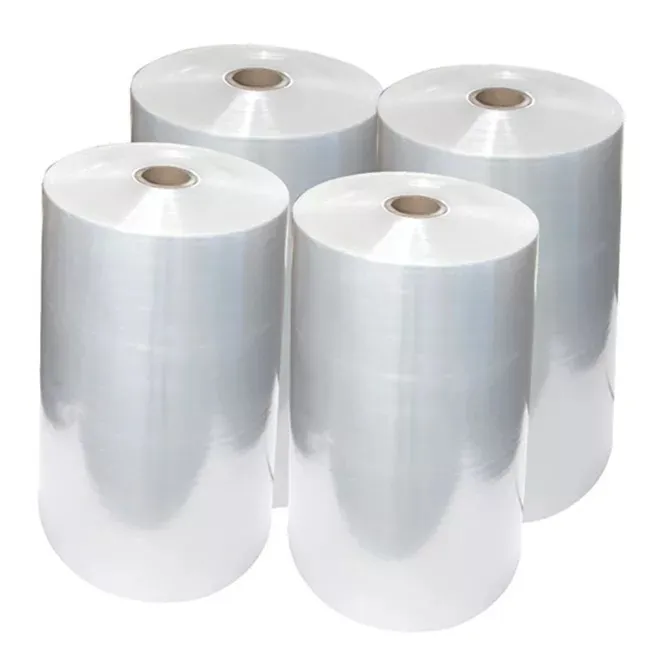- Afrikaans
- Albanian
- Amharic
- Arabic
- Armenian
- Azerbaijani
- Basque
- Belarusian
- Bengali
- Bosnian
- Bulgarian
- Catalan
- Cebuano
- chinese_simplified
- chinese_traditional
- Corsican
- Croatian
- Czech
- Danish
- Dutch
- English
- Esperanto
- Estonian
- Finnish
- French
- Frisian
- Galician
- Georgian
- German
- Greek
- Gujarati
- haitian_creole
- hausa
- hawaiian
- Hebrew
- Hindi
- Miao
- Hungarian
- Icelandic
- igbo
- Indonesian
- irish
- Italian
- Japanese
- Javanese
- Kannada
- kazakh
- Khmer
- Rwandese
- Korean
- Kurdish
- Kyrgyz
- Lao
- Latin
- Latvian
- Lithuanian
- Luxembourgish
- Macedonian
- Malgashi
- Malay
- Malayalam
- Maltese
- Maori
- Marathi
- Mongolian
- Myanmar
- Nepali
- Norwegian
- Norwegian
- Occitan
- Pashto
- Persian
- Polish
- Portuguese
- Punjabi
- Romanian
- Russian
- Samoan
- scottish-gaelic
- Serbian
- Sesotho
- Shona
- Sindhi
- Sinhala
- Slovak
- Slovenian
- Somali
- Spanish
- Sundanese
- Swahili
- Swedish
- Tagalog
- Tajik
- Tamil
- Tatar
- Telugu
- Thai
- Turkish
- Turkmen
- Ukrainian
- Urdu
- Uighur
- Uzbek
- Vietnamese
- Welsh
- Bantu
- Yiddish
- Yoruba
- Zulu
Exploring the Benefits of Freeze-Dried Products for Long-Term Food Storage
The Rise of Freeze-Dried Products A Comprehensive Overview
In the modern world, where convenience and nutrition are paramount, freeze-dried products have carved a significant niche in the food industry. This innovative preservation method allows for the retention of nutrients, flavor, and texture, leading to an increasing popularity among consumers. In this article, we will explore the process of freeze-drying, its benefits, and the diverse applications of freeze-dried products.
Understanding Freeze-Drying
Freeze-drying, or lyophilization, is a dehydration process that involves freezing a product and then removing the water by sublimation. The process begins by freezing the raw material at very low temperatures, typically below -40 degrees Fahrenheit. Once frozen, the pressure is lowered, allowing the ice to transform directly into vapor without passing through the liquid phase. This transition is what distinguishes freeze-drying from conventional drying methods, as the structure of the food is preserved, retaining its original shape and nutritional profile.
This method is particularly beneficial for preserving perishable foods, as it hinders the growth of microorganisms and enzymatic reactions that usually lead to spoilage. As a result, freeze-dried products can have an extended shelf life, often ranging from 5 to 25 years, while maintaining their nutritional value.
The Nutritional Benefits
One of the most compelling advantages of freeze-dried products is their ability to retain nutrients. Many traditional preservation methods, like canning or dehydration, can lead to significant nutrient losses, particularly vitamins. In contrast, studies have shown that freeze-dried fruits and vegetables can retain up to 90% of their original nutrients. This makes them an excellent option for individuals seeking healthy eating solutions without compromising on nutritional integrity.
Furthermore, because freeze-dried foods require no refrigeration and have a lightweight nature, they are ideal for outdoor enthusiasts, travelers, and emergency preparedness. People can now enjoy a highly nutritious meal or snack while hiking, camping, or during emergencies where access to fresh food is limited.
Diverse Applications of Freeze-Dried Products
freeze dried product

The application of freeze-drying technology spans various sectors, extending beyond conventional food sales. In the consumer market, freeze-dried fruits, vegetables, meals, and snacks have become increasingly popular. Freeze-dried strawberries, for example, make for a delicious topping on cereals, yogurts, or as a snack on their own. Companies have also produced freeze-dried meals, particularly in the sectors of camping and outdoor activities, offering hearty options that are easy to prepare—just add hot water!
The culinary industry has also embraced freeze-drying, enabling chefs to create innovative dishes with unique textures. The remarkable crunch of freeze-dried ingredients—like herbs or seafood—adds an exciting dimension to gastronomy, enhancing flavor profiles without the moisture content that would alter the dish.
Moreover, freeze-drying has made significant inroads in the pharmaceutical and biochemical industries. The process is utilized to stabilize vaccines, antibodies, and enzymes, allowing them to be stored at room temperature for extended periods without losing efficacy. This application is crucial in regions where access to refrigeration is inconsistent and improves global health delivery systems.
Challenges and Future Directions
Despite its many advantages, there are challenges associated with freeze-drying. The initial investment in freeze-drying technology can be significant, which may deter smaller businesses from adopting it. Additionally, while the process preserves nutrients, the textural changes can sometimes alter consumer perception and preference.
However, as technology progresses and consumer demand for convenient, nutritious options continues to grow, it is likely that freeze-dried products will expand further into mainstream markets. Innovations in freeze-drying equipment and techniques may lead to reduced costs and enhanced flavors, paving the way for a broader consumer base.
Conclusion
Freeze-dried products represent a remarkable intersection of convenience, flavor, and nutrition. With the growing trend towards healthier eating and the need for sustainable food preservation, the future looks bright for freeze-drying. Consumers can enjoy the best of both worlds—nutritious, long-lasting meals and snacks that are simple to prepare and consume. As awareness of the benefits of freeze-dried foods continues to spread, they are poised to become a staple in many households around the globe.













